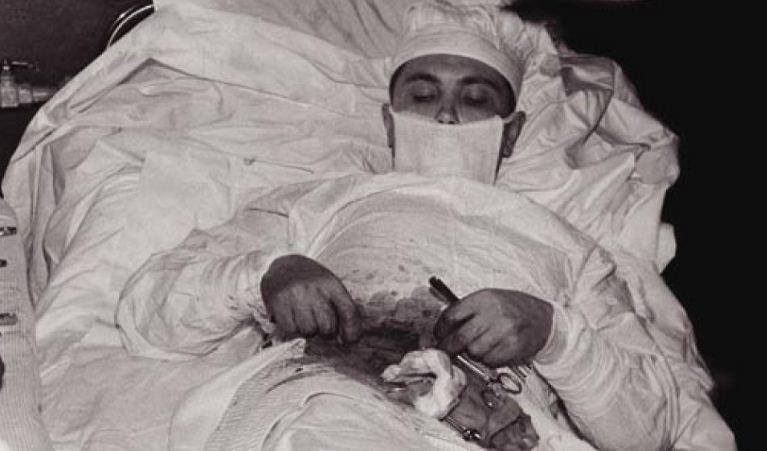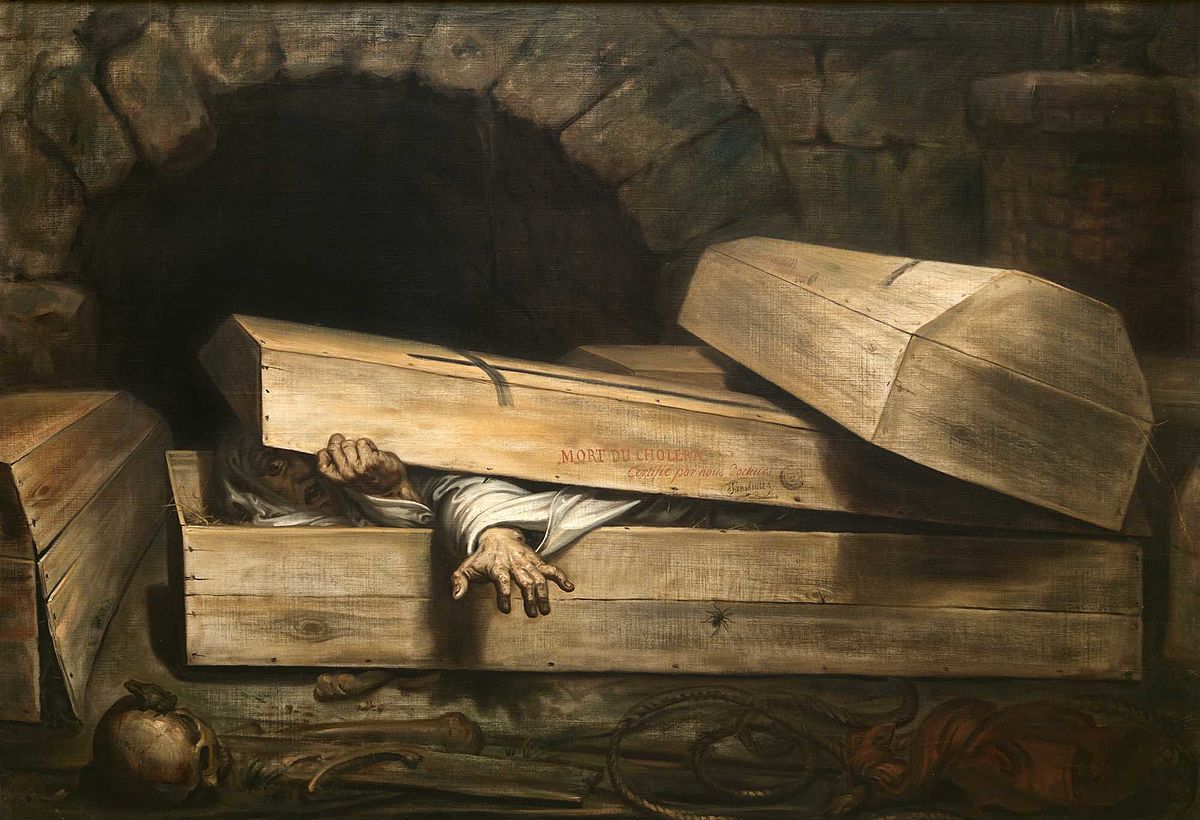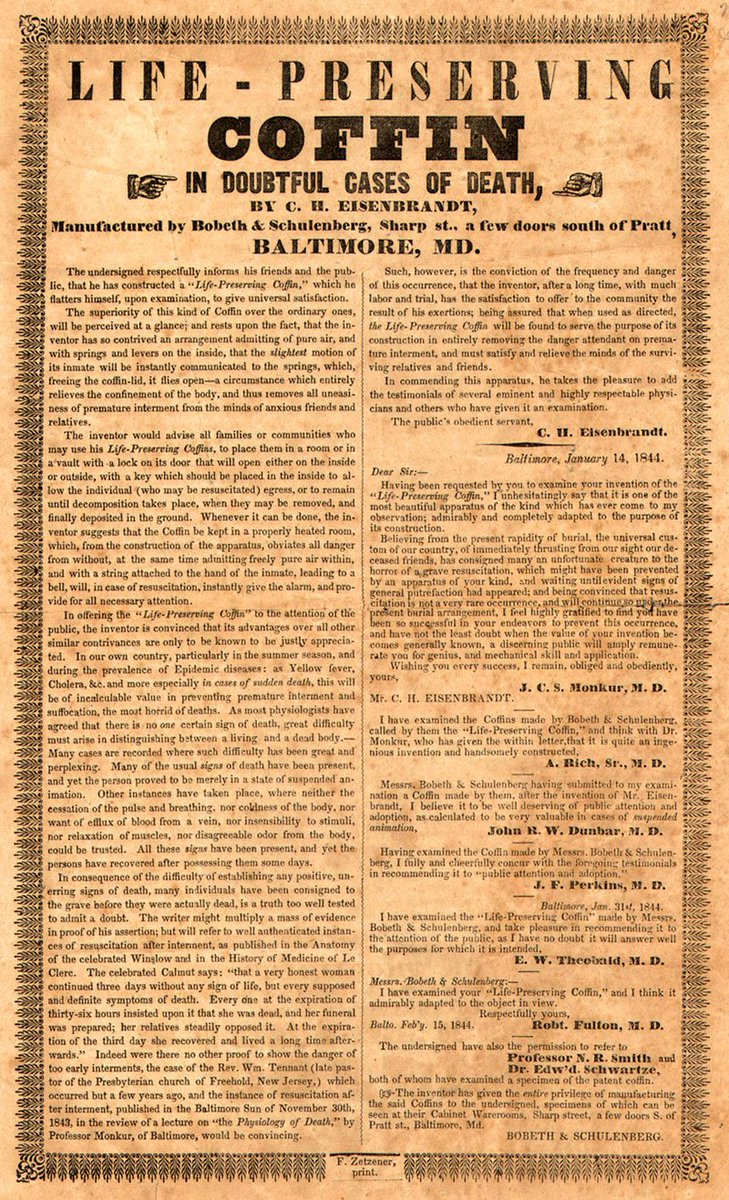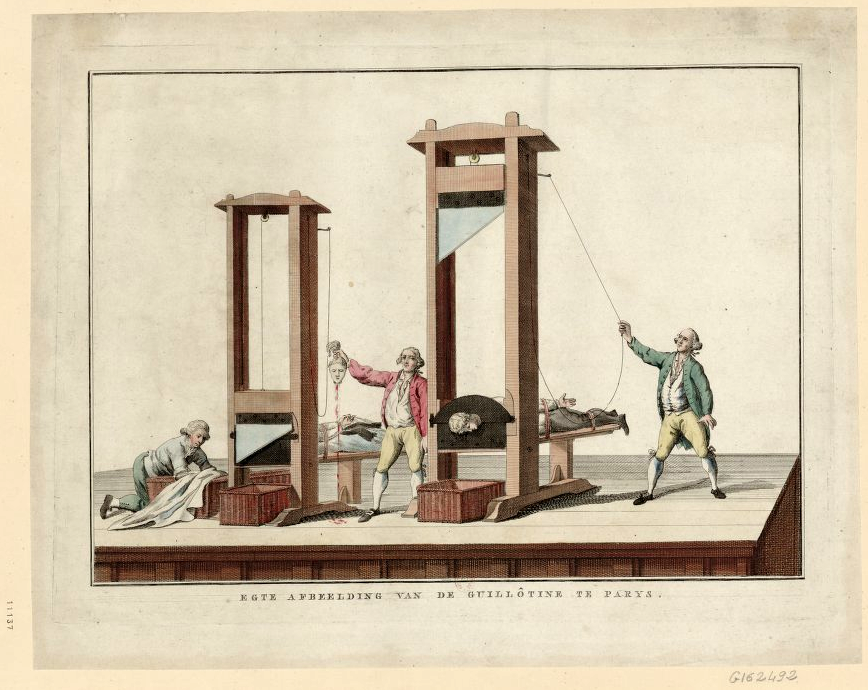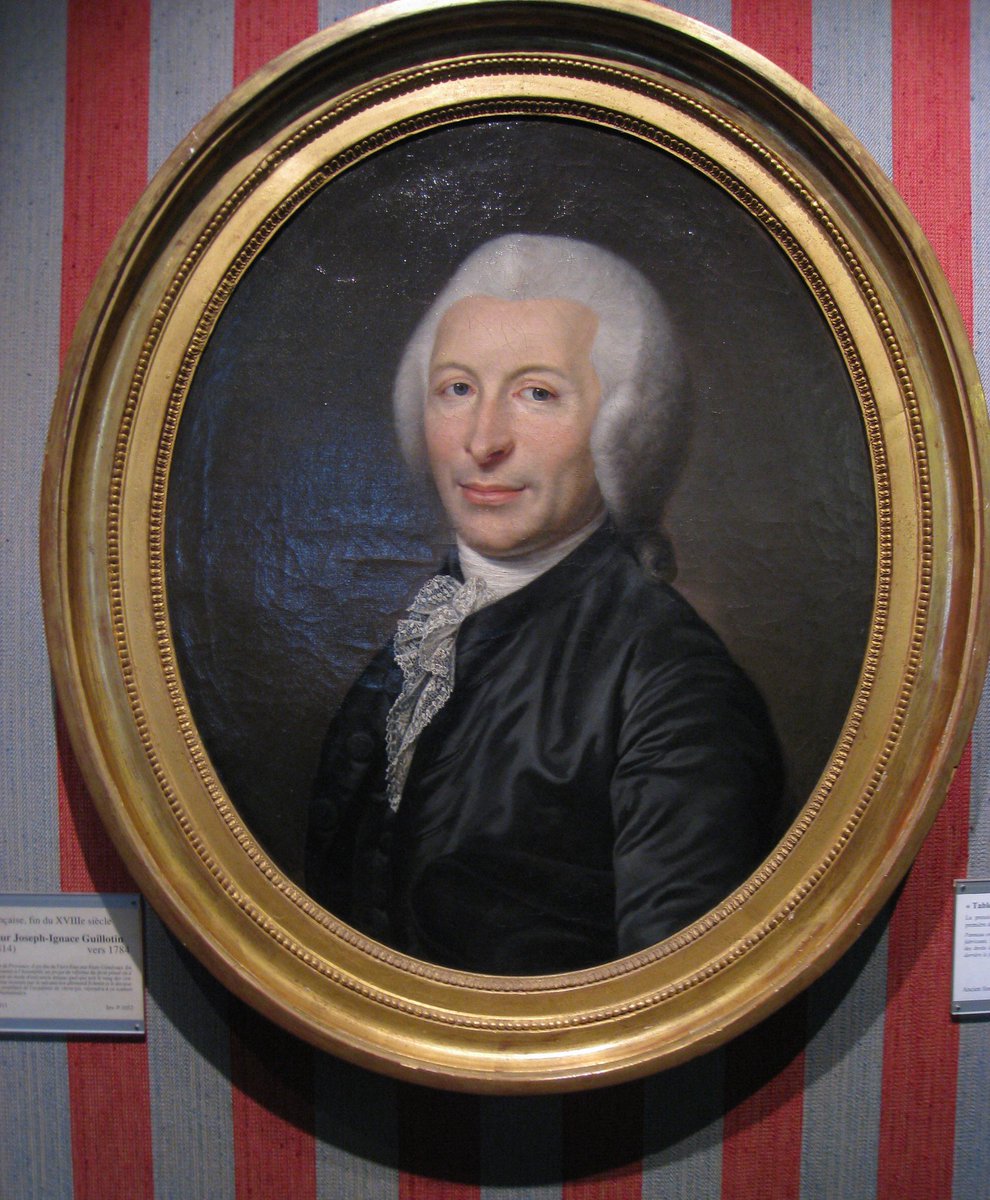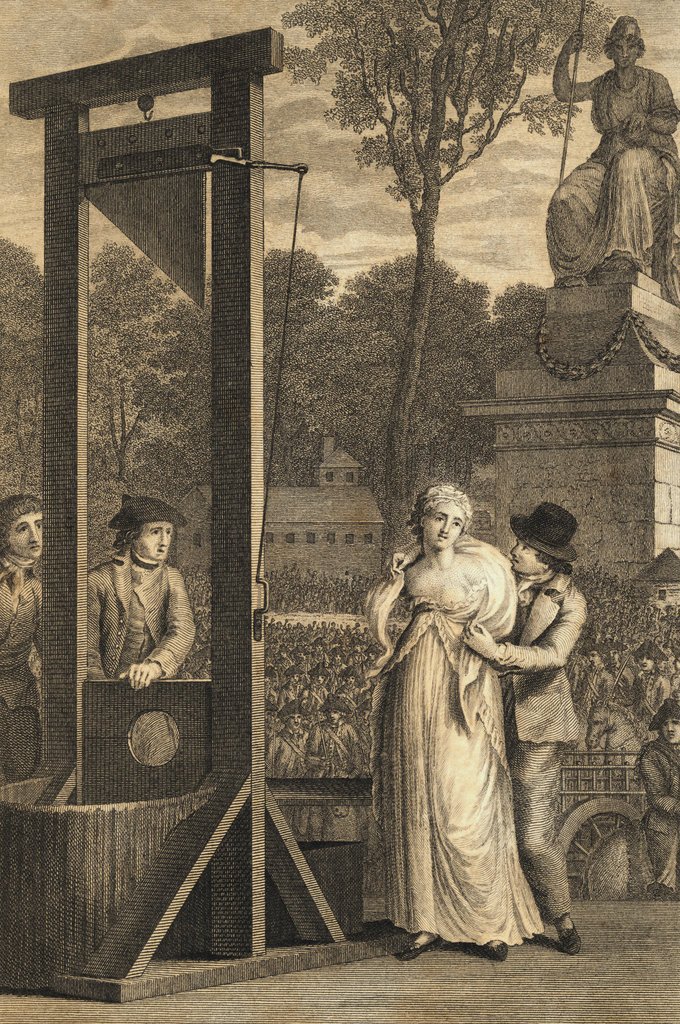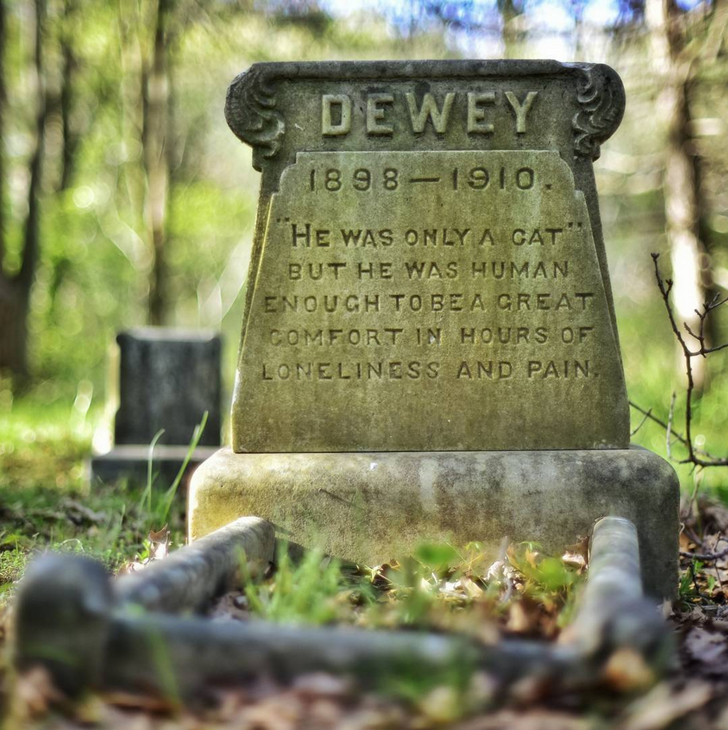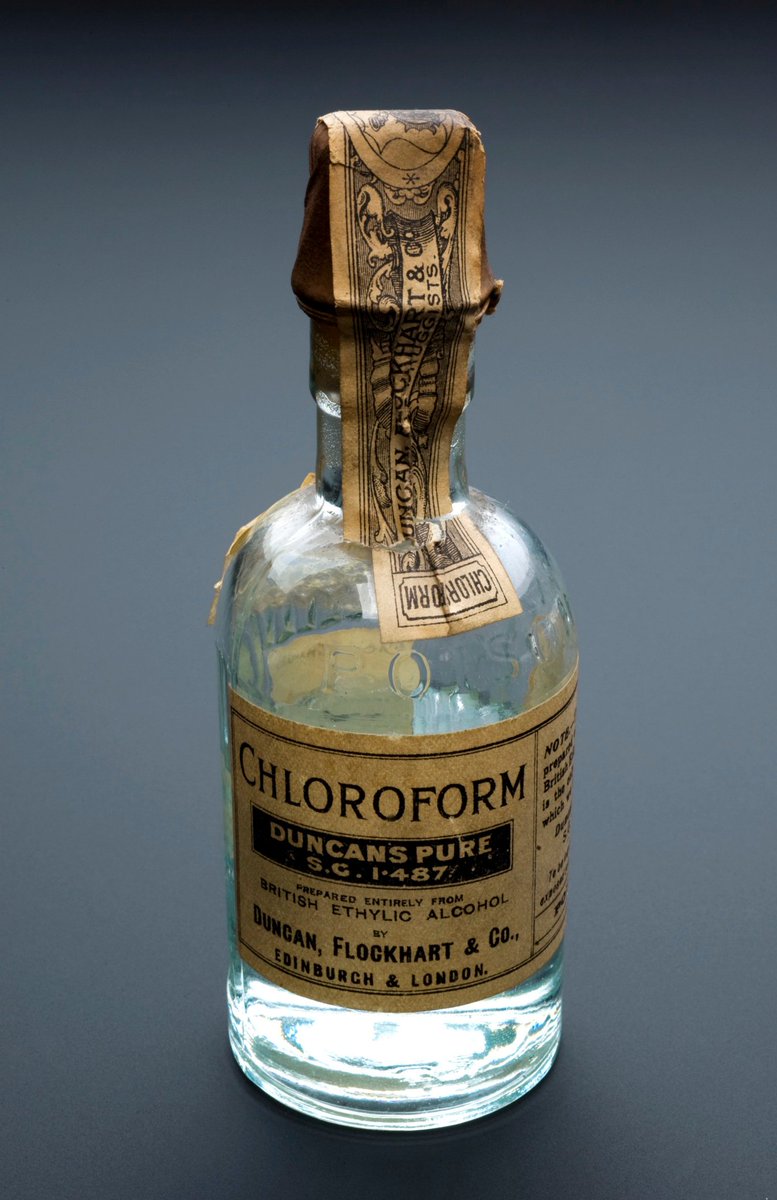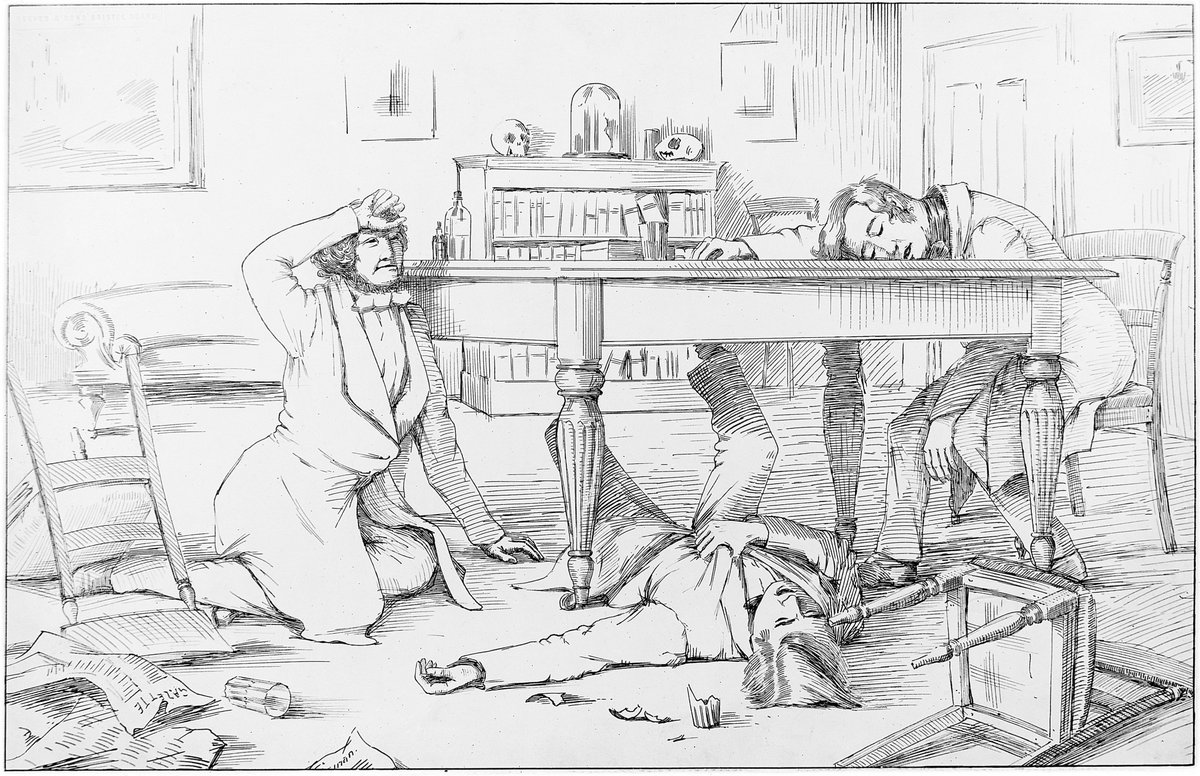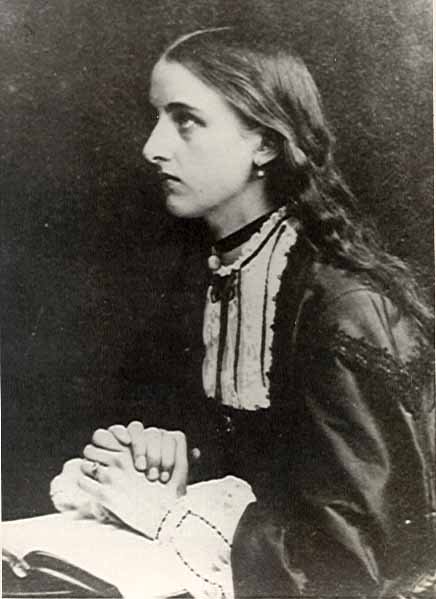
(1/11) THREAD👇: During the 19th century, many people living in Derbyshire, England meticulously collected and stored their fallen or extracted teeth in jars. When a person died, these teeth were placed inside the coffin alongside the corpse. Why? (Photo: Hunterian). 
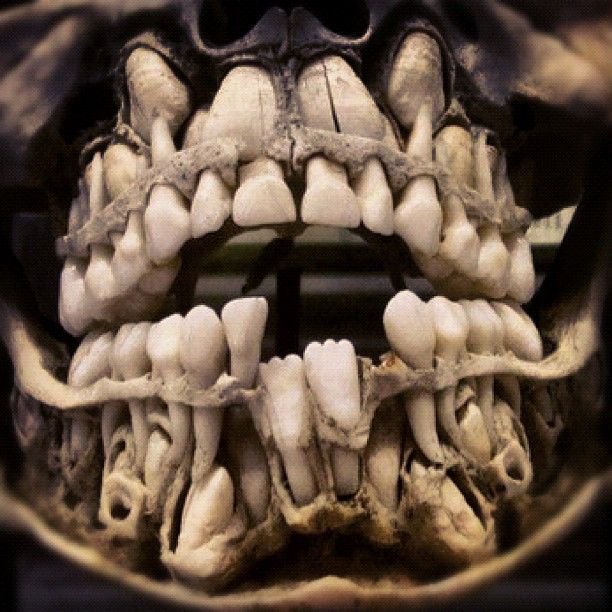
(2/11) People believed that those who failed to do this would be damned to search for the lost teeth in a bucket of blood located deep within the fiery pits of Hell on Judgment Day. Stories like this help us to understand why people in the past feared the anatomist’s knife. 
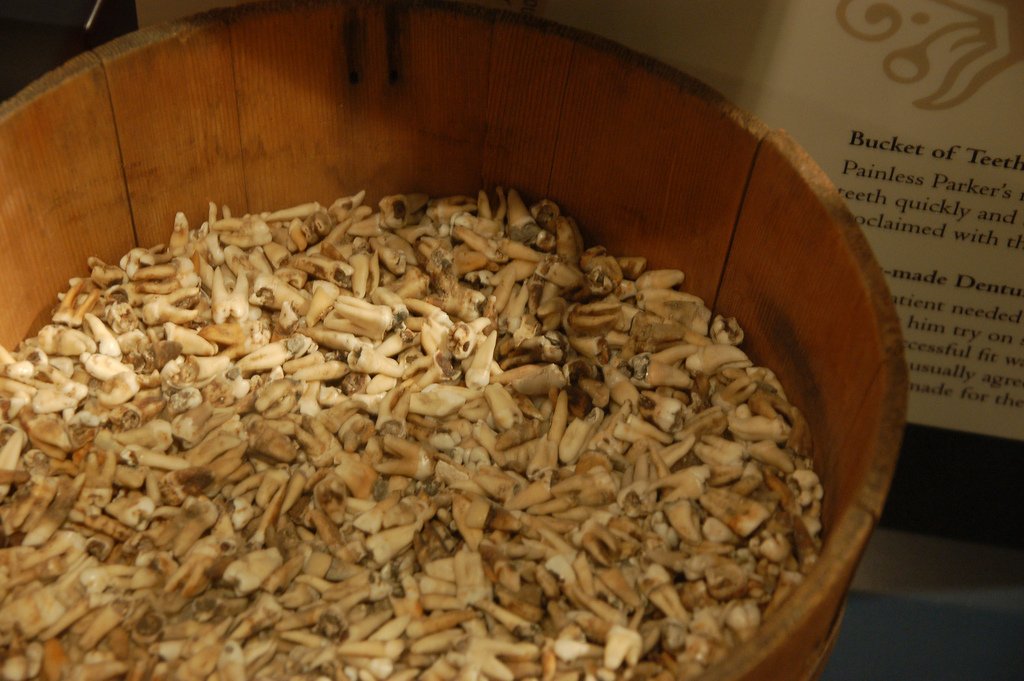
(3/11) Deliberate mutilation of the body could have dire consequences in the afterlife. For many living in earlier periods, dissection represented the destruction of one’s identity. Most people imagined the dead to have an active, physical role in the next world. 
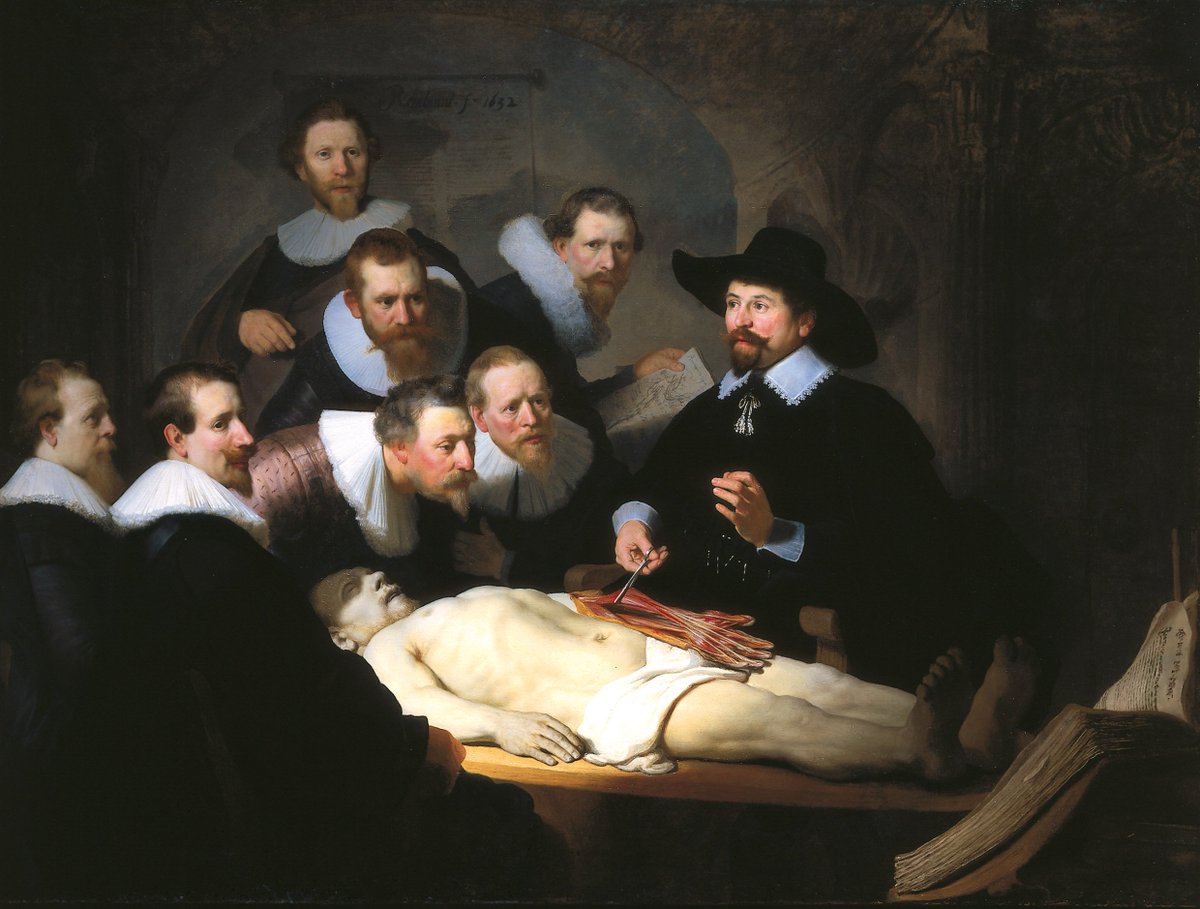
(4/11) On 14 February 1829, the Morning Herald reported a story about a dying woman who had asked a close friend to place the letters of her dead son in the coffin beside her body after she died. At the funeral, the friend forgot and became distressed. 
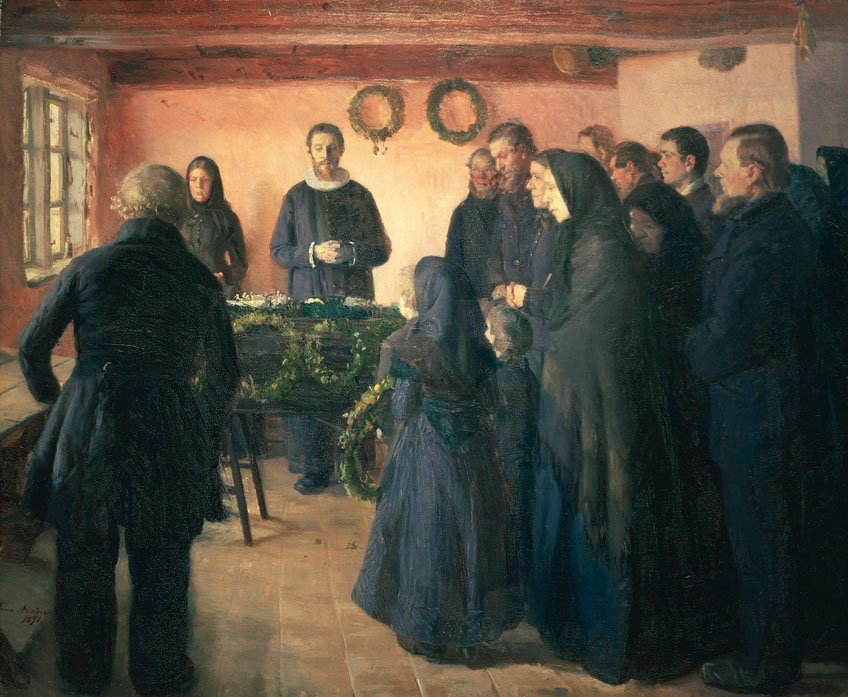
(5/11) Fortuitously, the village postman died a few days later and the friend arranged to have the letters put into *his* coffin, as "she firmly believed that he would be as diligent a postman in the other world as he had been in this.” 
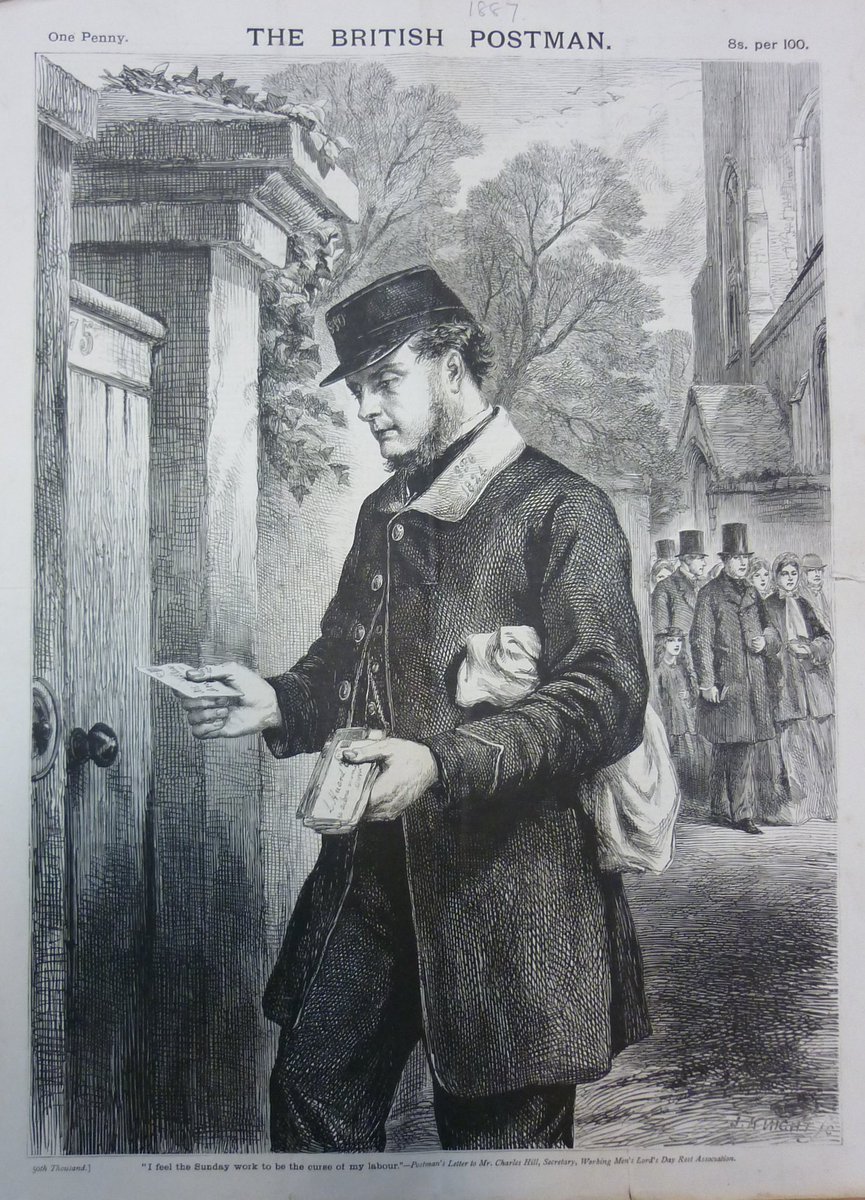
(6/11) The proliferation of private medical schools in the late 18th and early 19th centuries gave students an opportunity to learn anatomy through dissection. To do this, however, bodies were needed. Anatomists turned to the body-snatchers for help. 
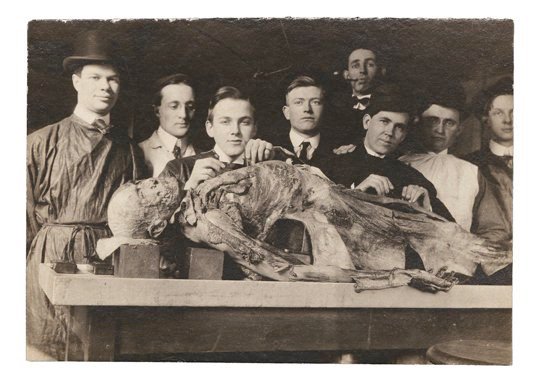
(7/11) People went to great lengths to protect the bodies of loved ones from ending up on the dissection table. Graveyards underwent dramatic makeovers as the public’s fear over body-snatching escalated. 

(8/11) Mortsafes were placed over burial sites. This cage-like structure was partially buried within the grave and surrounded the entire coffin. After a suitable amount of time—once the body had decomposed and was rendered useless to the anatomists—the mortsafe could be removed. 
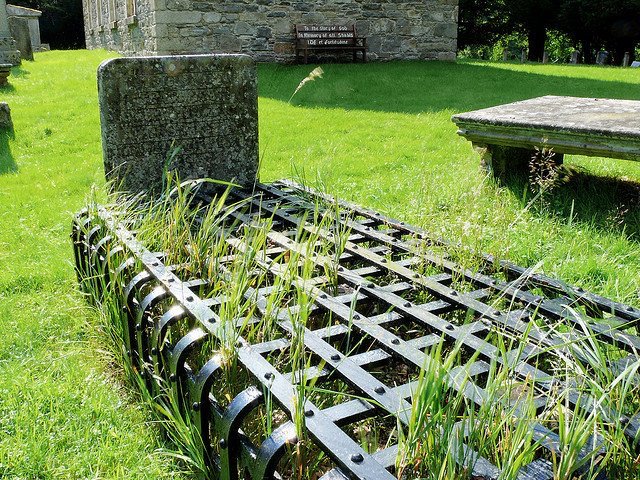
(9/11) Mortsafes could vary in design. Some consisted of heavy iron rods and plates, which were then padlocked together for extra protection. Two sets of keys were needed to unlock these types of mortsafes, like the one pictured here in Greyfriars Kirkyard, Edinburgh. 
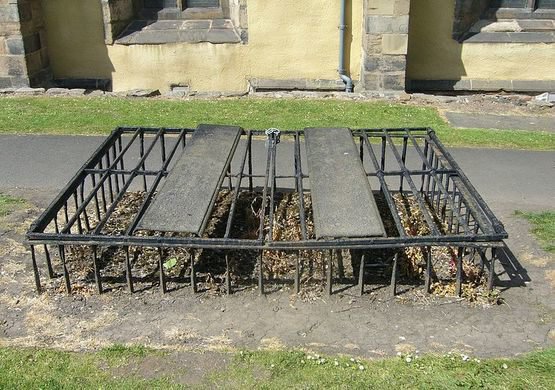
(10/11) If you’re interested in seeing a mortsafe up close and in person, you can click this link which will bring you to an interactive map showing you where existing mortsafes are located in Britain: abdn.ac.uk/bodysnatchers/… 

(11/11) I hope you enjoyed today’s thread! If you like my content, please check out my book THE BUTCHERING ART, about the brutal and bloody world of Victorian surgery: amazon.com/Butchering-Art… 
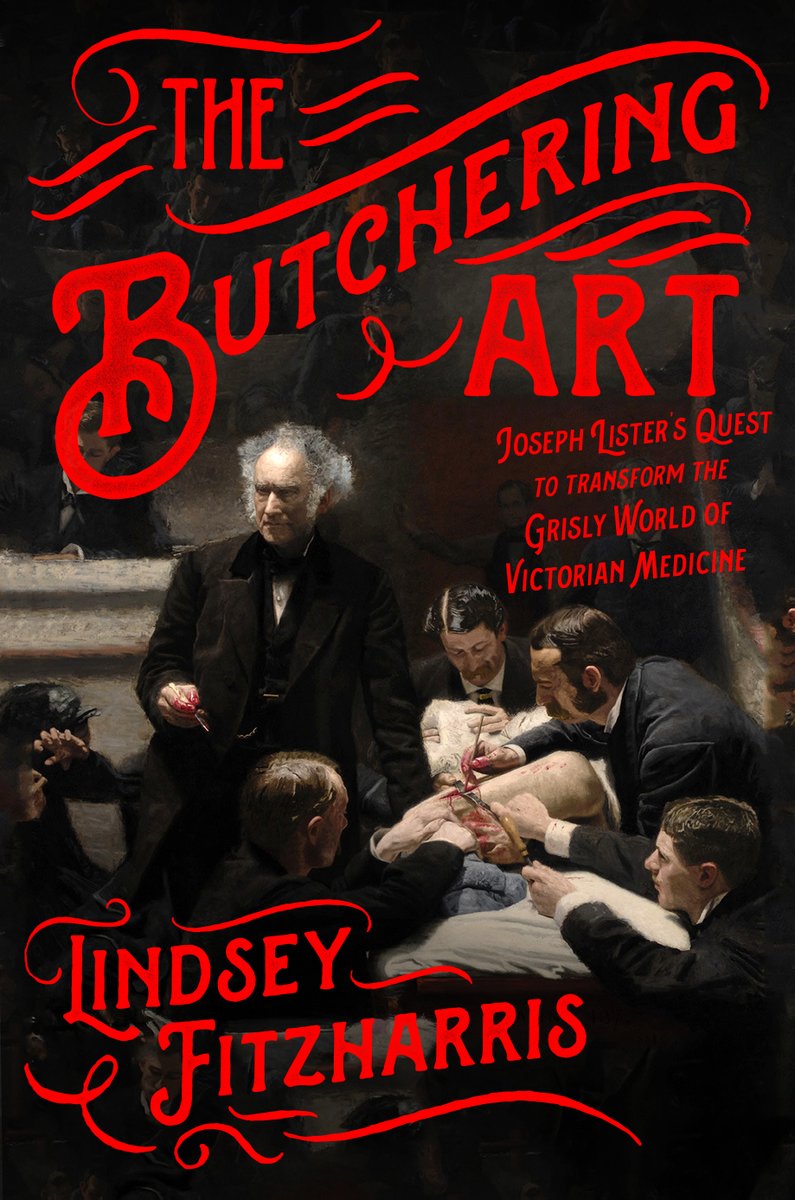
• • •
Missing some Tweet in this thread? You can try to
force a refresh

